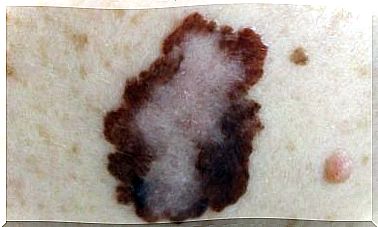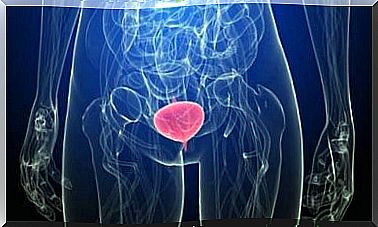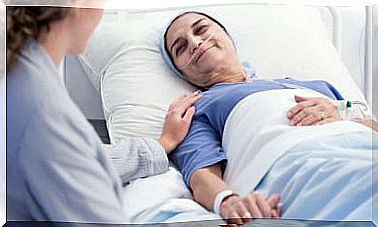How To Make A Travel Kit
The travel kit can be prepared individually and adapted to the needs of the traveler. You have to take into account the place you are traveling to, the type of transport you are going to use, as well as your age and general health.
It is not the same to travel to rural, tropical or urban areas. According to the destination you will make your medicine cabinet. You also have to consider the duration of the trip and the type of disorders you are predisposed to when you move.
Considerations for making the travel kit
Some of the most frequent problems that appear when traveling are:
- Motion sickness : transport sickness
- Stings: with consequent hives
- Digestive disorders
- Small trauma
Based on these problems, which are the most frequent, we should consider including elements that cover the needs that they may cause. We now explain to you, in detail, what is the most practical for each case.
Motion sickness or motion sickness
Motion sickness can occur on any mode of transportation. However, if you are going to travel by plane, the symptoms can be exacerbated due to anxiety about flying. The main symptoms are: nausea, vomiting, hyperventilation, sweating and a general feeling of dizziness.
In the travel kit you should include medications to prevent motion sickness, such as dimenhydrinate -only or associated with caffeine- and meclozine. Meclozine has a long-lasting effect with a single daily dose, making it suitable for long trips.
Dimenhydrinate may require several doses, depending on the length of the trip. It can be used in children from 2 years of age.
However, you should follow the doctor’s instructions if you are pregnant or breastfeeding. In these cases, you can use ginger capsules or gum, always consulting the gynecologist beforehand.
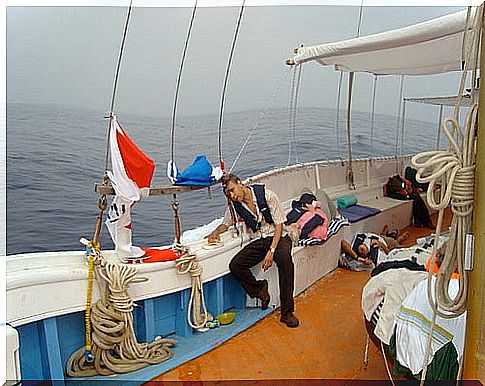
Stings and hives
Insect bites or skin reactions produced by plants are associated with travel to tropical locations. Depending on the intensity, number of them and personal sensitivity, they can cause allergic symptoms and skin infections due to scratching.
The best is prevention, so it is advisable to use clothing that covers arms and legs, mosquito nets and repellent devices for the rooms. In the travel kit, carry repellents, both liquid and on a wristband.
As a treatment, include calamine lotion or antihistamine ointment. Gotu kola, calendula, helichrysum or essential oil ointments are also useful.
Digestive discomfort
During the trips we change our eating habits, so it is frequent that you suffer from digestive discomfort. They can be expressed as gas, a feeling of heaviness, heartburn, burning and reflux. Constipation or diarrhea is also common.
Include antacids in your travel kit to relieve heaviness, heartburn and reflux. In addition, you can opt for herbal medicine. There are products on the market based on combinations of various medicinal plants such as papaya, artichoke, milk thistle, fennel, anise or rhubarb. For gases, use antifaltulents such as simethicone or carminative plants such as anise, caraway or fennel.
Diarrhea and occasional constipation
To alleviate diarrhea, include in the travel kit packets of mineral salts and glucose, for rehydration. In addition, it is recommended that you take probiotics to recover the intestinal flora.
If the diarrhea needs to be stopped, you need to have a medication made of loperamide on hand. On the other hand, if what you need is to relieve specific constipation, you should include a stimulant laxative such as bisacodyl, picosulfate or senna.
Cure material in the travel kit
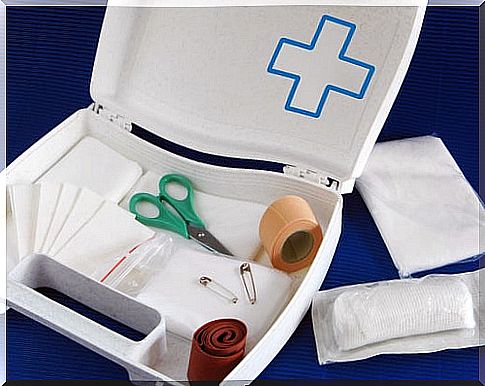
In the travel kit you have to cover the needs of material to treat small wounds, blisters, burns, sprains or strains. We recommend including the following:
- Physiological serum : to clean wounds.
- Disinfectants: such as povidone iodine or chlorhexidine solution.
- Cure material : gauze, bandages, tape, stitches, dressings and support bandages.
- Topical anti-inflammatories: c Row or ointment for minor and small burns.
- Lotion for solar erythema
- Instant cold packs
- Gel alcohol: which will serve both for the disinfection of hands and surfaces.
Problems like sore throats, colds, fever, muscle aches, and headaches can happen at any time. So Take a pain reliever such as paracetamol and lozenges to soften and disinfect the throat in your travel kit.
In conclusion
If you prepare your travel kit properly, you will avoid many complications that can spoil your vacation. In case of doubt, your pharmacist can help you prepare your first aid kit according to the route you will take.
You must also understand that there are pathologies that you can suffer while traveling and that exceed the scope of a first-aid kit. It is essential that you travel insured for these circumstances and that you consult when in doubt at the hospital place that your destination has.
